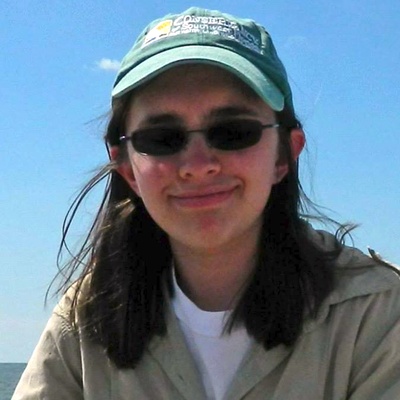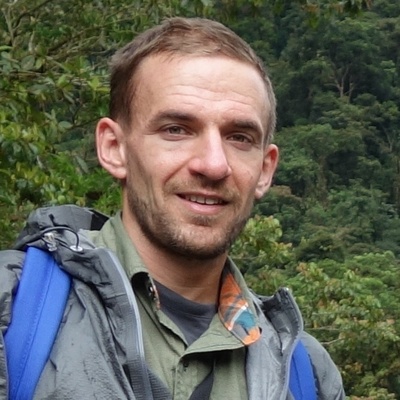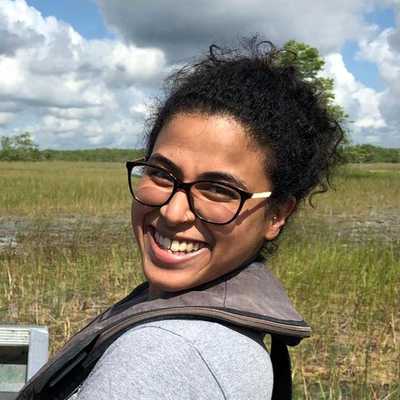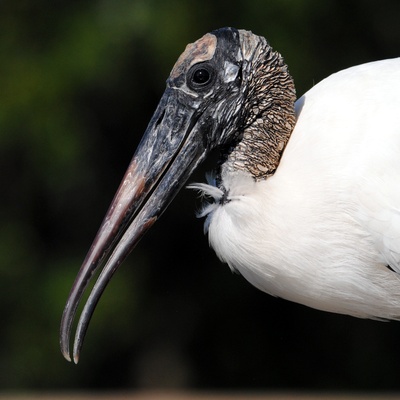We recently published a review paper on 58 R packages created to process or analyze tracking data. However, R packages are dynamic, new packages are created, old packages get updated and some even disappear or get deprecated due to lack of maintenance. For that reason, we created a CRAN Task View (CTV) on tracking packages.
People

Alexis Bruant
Alexis did his Master thesis on Wood Storks reproductive success in 2017.

Balázs Dukai
Balázs worked on rpostgisLT as a Google Summer of Code student in 2016 and 2017.

Caitlin Jarvis
Caitlin was the lead technician working on the Raccoon project in 2017–2018.

David Bucklin
David was the Biological Scientist and data manager in the lab from 2015 to 2017.

Jenicca Poongavanan
Jenicca worked on reproducibility in movement ecology for her MS in 2020–2021.

Matt Boone
Matt was the Biological Scientist and data manager in the lab from 2018 to 2020.

Mel Moreno
Mel was an Intern working on creating beautiful maps with R in 2017.

Rocío Joo
Rocío worked as a movement statistician for her postdoct between 2018 and 2021.

Romain Dejeante
Romain studied spatial patterns of raccoons in an urban area for his MS in 2019–2020.

Simona Picardi
Simona worked on wood stork movement ecology for her PhD from 2015 to 2019.

Valeria Guerrero
Valeria was an intern in charge of updating the Raccoon Ecology Database in 2018.





